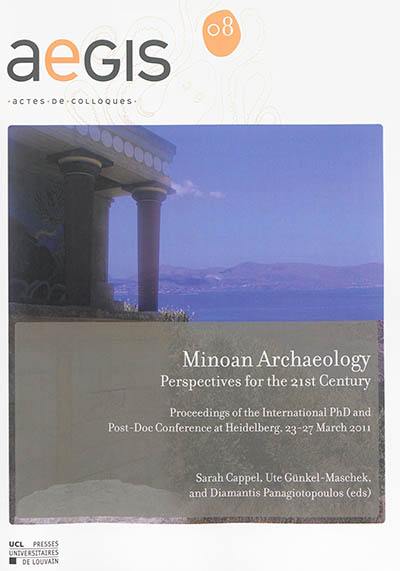
Fiche technique
Format : Broché
Nb de pages : XI-382 pages
Poids : 400 g
Dimensions : 21cm X 30cm
ISBN : 978-2-87558-394-9
EAN : 9782875583949
Minoan archaeology
perspectives for the 21st century
proceedings of the International Ph.D. and post-doc conference at Heidelberg, 23-27 March 2011
Quatrième de couverture
More than 100 years ago Sir Arthur Evans' spade made the first cut into the earth above the now well-known Palace at Knossos. His research at the Kephala hill as well as contemporary fieldwork at further sites on Crete saw the birth of a new discipline: Minoan Archaeology. Since these beginnings in the first decades of the 20th century, the investigation of Bronze Age Crete has experienced fundamental progress. The impressive wealth of new data relating to the sites and material culture of this Bronze Age society and its impact beyond the island's shores, the refinement of its chronology, the constant development of hermeneutical approaches to social, religious or political issues, and new methods and instruments employed for the exploration and conservation of the archaeological remains have shaped the dynamic trajectory of this discipline for more than a century. In March 2011 - exactly 111 years after the beginning of Evans' work at Knossos - a conference on Minoan Archaeology took place at Heidelberg with the aim to outline current trends and prospects of this scientific field, by setting up an open dialogue between renowned scholars and the young generation of researchers. The present volume brings together most of the papers presented during the conference. They are subsumed under six chapters highlighting current key issues in the study of Bronze Age Crete with a pronounced focus on the broad subject of society.





